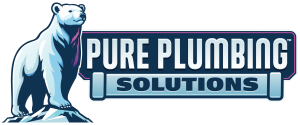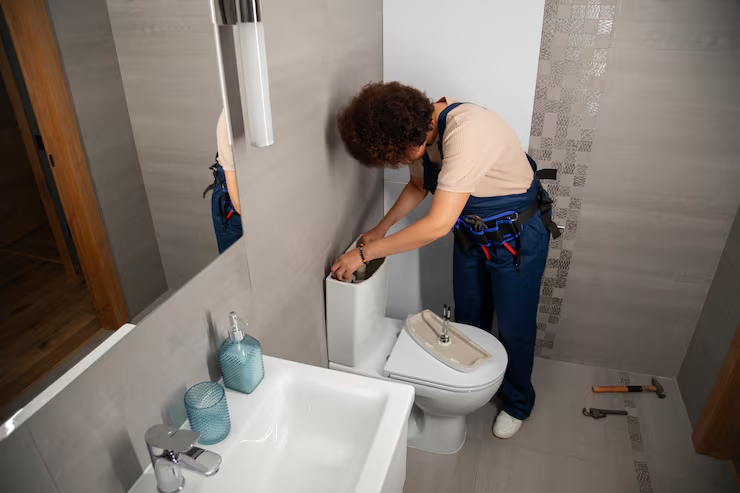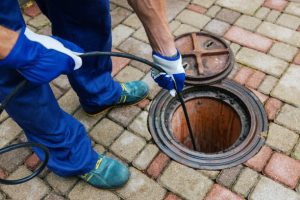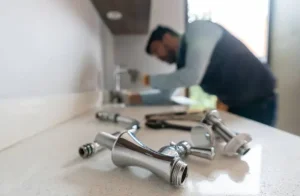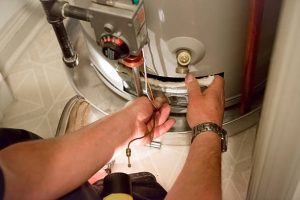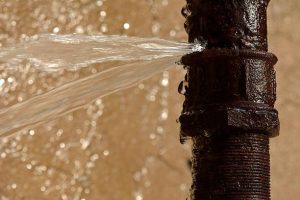Understanding a Toilet Overflow Emergency
A sudden toilet overflow can cause panic and property damage if not handled quickly. Overflowing water often comes from clogs, drain line issues, or flushing foreign objects. Acting fast protects your home and prevents contamination. Begin by staying calm and assessing the situation safely. Overflow water can contain bacteria, so avoid direct contact when possible. Keep guests and children away to prevent accidents or messes. When the problem seems larger than a simple clog, connect with a trusted plumbing technician who can provide professional assistance and minimize damage effectively.
Stop the Water Supply Immediately
The first step in a toilet overflow situation is stopping the water flow. Locate the shut-off valve behind or beside the toilet and turn it clockwise. If you cannot find it, remove the tank lid and lift the float to stop water temporarily. Quick action prevents further flooding and reduces cleanup time. Once the water stops, place towels around the toilet base to contain moisture. If the valve is stuck or damaged, contact a licensed plumbing specialist who can safely shut things down and repair any related issues.
Clear the Clog to Control the Toilet Overflow
After stopping the water, focus on clearing the blockage causing the toilet overflow. A quality plunger usually works for simple clogs. Make sure there is enough water in the bowl to cover the plunger’s rim before plunging. If plunging fails, use a toilet auger to break through stubborn obstructions. Avoid chemical drain products because they may damage your plumbing and cause safety risks. When the clog refuses to clear or keeps returning, schedule service with an experienced plumbing professional who can diagnose deeper drain problems.
Clean and Disinfect the Area Properly
Once the overflow stops, clean the area thoroughly to protect your household’s health. Use disposable towels to soak up water and wear gloves to avoid contact with contaminants. Sanitize the floor and nearby surfaces with disinfectant to remove bacteria and prevent odors. Do not ignore wet areas because moisture can lead to mold or floor damage. If water spreads beyond the bathroom or reaches flooring seams, call a plumbing service provider who can advise on safe cleanup and further prevention steps.
Prevent Future Toilet Overflow Issues
Preventing another toilet overflow is easier with proper habits. Avoid flushing wipes, feminine products, paper towels, or excess toilet paper. Routine maintenance keeps your toilet functioning smoothly and reduces clog risks. Consider installing a low-flow toilet only if your plumbing supports it well. Additionally, schedule periodic inspections with a professional plumber who can check for pipe issues, drain blockages, and ventilation concerns. Their guidance can help prevent emergencies and maintain your home’s plumbing efficiency year-round.
Final Thoughts on Handling Toilet Overflow Safely
Dealing with a toilet overflow feels stressful, yet quick action keeps damage minimal. Shut off the water, clear the clog, and sanitize the space as soon as possible. However, some situations require expert care, especially when clogs persist or sewage backs up. Reach out to a qualified plumbing technician if you are unsure or unable to solve the issue safely. Proper maintenance and professional help protect your property and ensure your bathroom stays reliable and hygienic.
Interested in reading about Why Burst Pipes Happen and How to Prevent Them?
